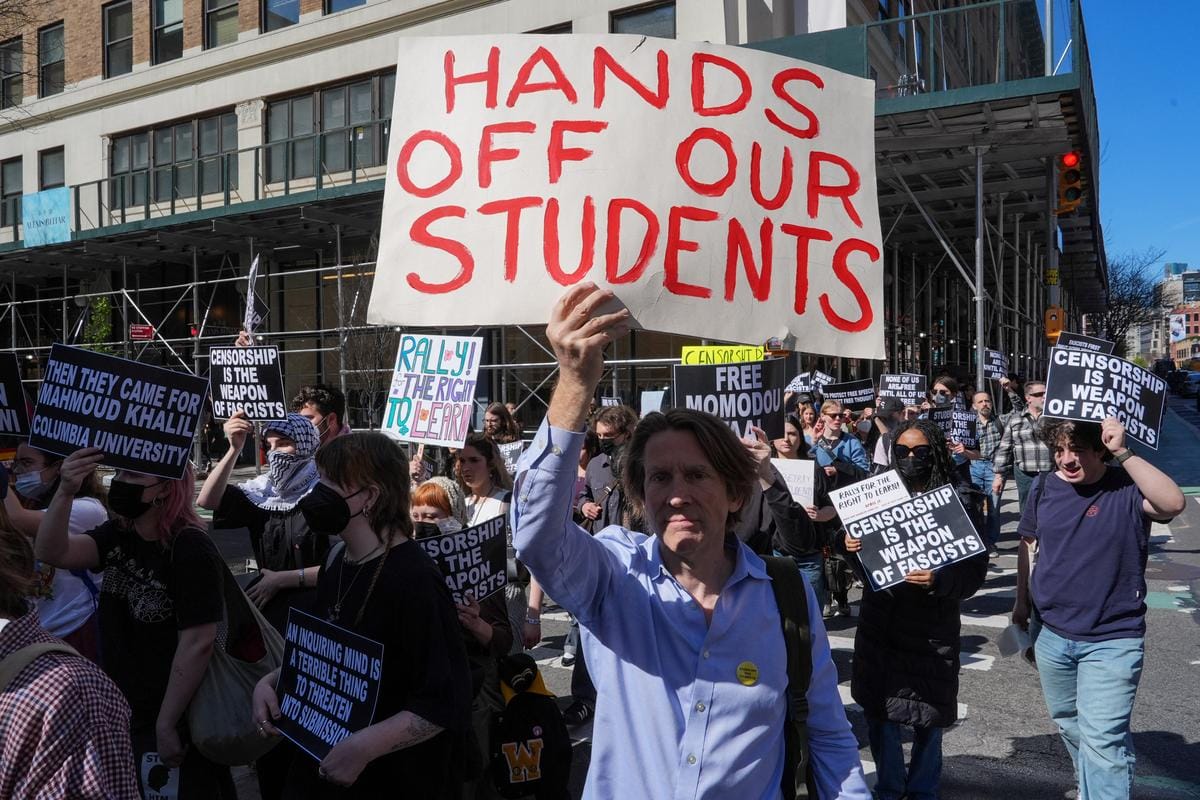Update: September 3, 2016
On April 22, 2015, Patel filed an appeal to the ruling. Her lawyers aimed to challenge the feticide charge and the lung float test evidence. On January 28, 2016, the Indiana Court of Appeals agreed to hear oral arguments in the appeal. A three-member panel of judges heard arguments from both sides on May 23.
On July 22, 2016, the court ruled in her favor and specified that the legislature had not intended for the feticide statute to be applied to illegal self-induced abortion, and so it vacated the feticide charge. The court also ruled that while the state had proven that the child was born alive, it did not prove that the child would not have died if she had sought immediate medical attention. It therefore vacated the Class A neglect charge and remanded her to the trial court with instructions to enter judgment of conviction for class D felony neglect of a dependent and re-sentence her for 18 months.
Indiana Court overturned originally handed 20-year sentence for taking abortion-inducing drugs and the judge said Patel must be released immediately after charge downgraded to neglect. Patel has been in prison for three years.
Original: April 3, 2015
Purvi Patel, an Indian American woman, is sentenced to 20 years in prison by the state of Indiana on charges of foeticide and neglect of a dependent (child). She received a 30-year sentence on the neglect charge, 10 of which were suspended. A six-year sentence for foeticide will be served concurrently.
The Case & The Contradictions
Indiana is part of the bible belt infamous for its anti-abortion stand. It is one of the eight states in the US that bans abortion after 22 weeks because the fetus can supposedly feel pain at this point. The state recently ran out of sanity by approving religious freedom law that empowers business establishments, hotels and restaurants to discriminate against gays.
The Washington Post says, “Patel’s defense attorney, along with plenty of commenters in the media, argued that the prosecution couldn’t simultaneously accuse Patel of killing her unborn child and of abandoning a living one.”
The experts have claimed that it was 23-24 weeks when the abortion was carried out, but the prosecution said in its opening remarks that it was 25 weeks. Patel was said to have induced the miscarriage by buying drugs online which was found through text messages on Patel’s phone in which she told a friend she was taking abortion drugs online. But a toxicologist was unable to find evidence of drugs in Patel’s or the foetus’s body. It is almost like she is being penalised for seeking medical help. How can one conclude from such contradictory evidence that she herself induced abortion?
The prosecutors pursued a second charge of child neglect, arguing that the foetus had been born alive. To decide whether the fetus was born alive, lung float test was used which is not very reliable and can lead to wrong conclusions. After reading the report it sounds that the jury has a typical moralistic view of what a woman should behave like during pregnancy and based the decision mostly on that.
Either way you can’t charge her with two crimes that make each other moot! The problem with this verdict, as Ed Pilkington of the Guardian explained before it was delivered, is that it really should have to be one or the other:
“The two charges that Patel now faces – the initial count of neglect of a dependent, and the new charge of foeticide – appear to be legally contradictory. Under Indiana law, a woman can only be convicted of neglecting a dependent if it can be proved that she gave birth to a live baby.
By contrast, foeticide requires the baby to have been born dead. Its definition in Indiana law is that the woman “knowingly or intentionally terminates a human pregnancy with an intention other than to produce a live birth or to remove a dead fetus.”
The appropriateness of disposing a dead foetus in a dumpster as opposed to conducting a funeral can certainly be questioned, but that does not necessarily make the action illegal. But if abortion were legal and there were no social stigma and ostracism by the family attached to it, this mess wouldn’t have happened.
The Indian Context
The fact that she comes from a conservative Indian family and anticipated that she will not receive any support from her parents as well as the man in question made it tough for her to seek help. This is another problem related to the culture as a whole which must not be ignored.
The whole ‘I did it to hide from my parents that I was sexually active/pregnant’ speaks of the broader underlying issue – moral policing. Later in an interview, Patel said she didn’t want her parents to know who are ‘strict Hindus’. She doesn’t mention the father either.
Interestingly and maybe not surprisingly, no one, literally nobody is talking about the man in question. Is he not equally responsible for the pregnancy and if unwanted and make sure his partner receives medical care and safe abortion. The prosecution has also sidelined the man and put the onus on the woman. But when a baby is born, it is the father’s name the baby takes. Talk about conveniences!
Abortion Rights
In India, a Medical Termination of Pregnancy (MTP) is legal up to 20 weeks and is a safe way to end pregnancy if performed by a qualified doctor. Another method is through Medical Abortion that does not require surgery and involves taking a combination of abortion pills. This can be done within 8 to 9 weeks of pregnancy.
Abortion is a basic human right. It is a woman’s right over her own body, it is not and can never be foeticide. Sex-selection is a problem and a social tendency promoted by a mindset of preferring sons over daughters for various reasons, ranging from dowry to safety of girls, from women seen as paraya dhan to sons seen as support in old age.
She could have had a miscarriage or she could have self-induced it. Either way, it goes on to show that she didn’t have access to safe abortion and reproductive healthcare. That’s the be all and end all of it. She is the victim of a misogynistic, conservative and racist system.
Also read: Abortion Rights In India And The Absence Of The Pro-Life/Pro-Choice Debate
Featured Image Credit: National Asian Pacific American Women’s Forum
About the author(s)
Japleen smashes the patriarchy for a living! She is the founder-CEO of Feminism in India, an award-winning digital, bilingual, intersectional feminist media platform. She is also an Acumen Fellow, a TEDx speaker and a UN World Summit Young Innovator. Japleen likes to garden, travel, swim and cycle.



